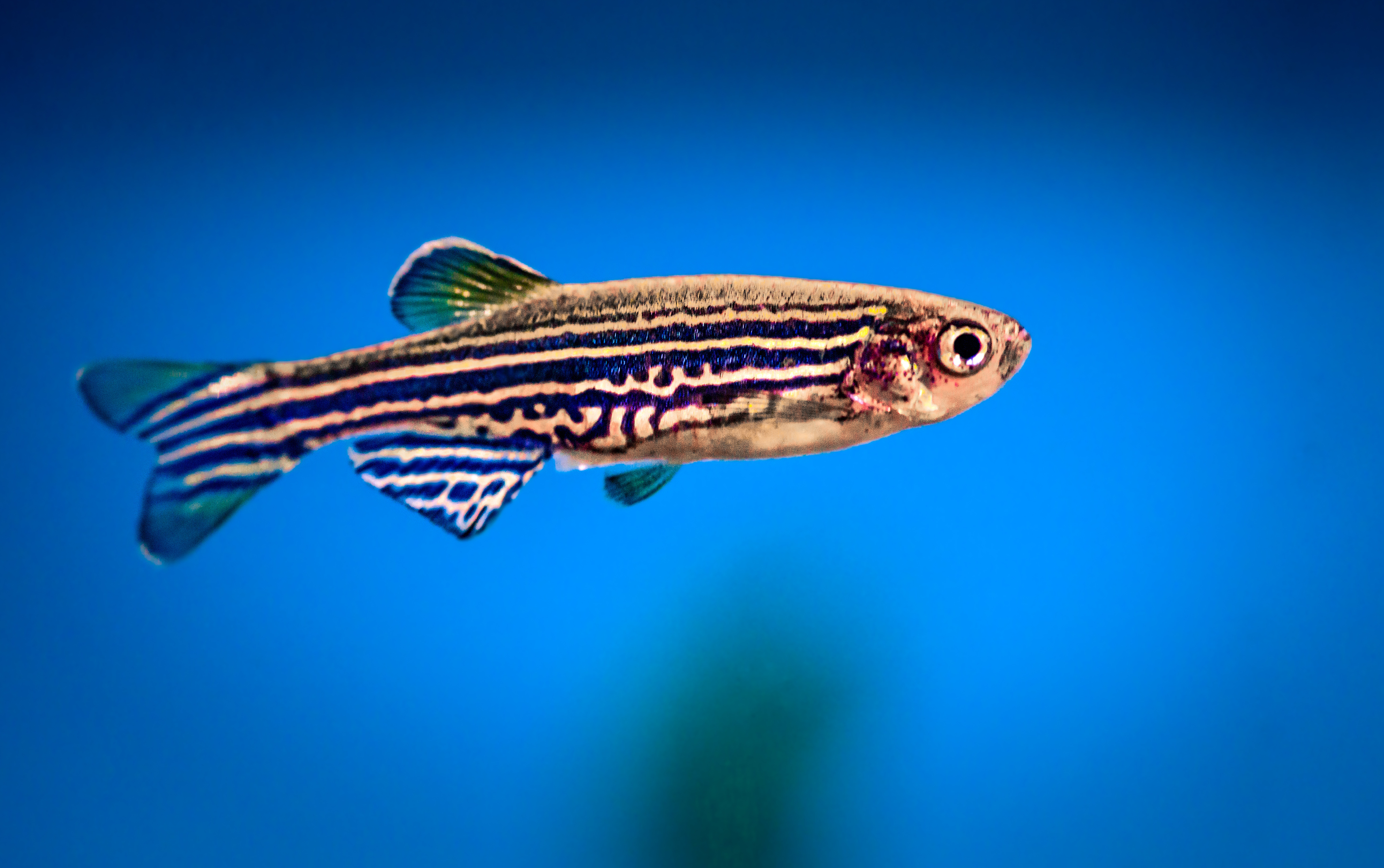- Autism refers to a broad range of conditions characterized by challenges with social skills, repetitive behaviors, speech, and nonverbal communication. According to the CDC, autism impacts an estimated 1 in 54 children in the United States.
- An October 2020 study suggests that the peripheral nervous system may play a role in autism.
- The parameters of the study may not show the entire picture —more research is needed in this area.
Autism (commonly referred to as ASD, autism spectrum disorder) refers to a broad range of conditions characterized by challenges with social skills, repetitive behaviors, speech, and nonverbal communication. According to the CDC, autism impacts an estimated 1 in 54 children in the United States—and because autism is a spectrum disorder, each person with autism has a distinct set of strengths and challenges.
There is not just one type of autism, but many, according to AutismSpeaks.org. Most of these types are influenced by a combination of genetic and environmental factors. Autism is also often accompanied by various sensory sensitivities that can lead the person to experience sensory overload, which you can see a representation of in the video below.
What it’s Like Being Autistic (Sensory Overload ) Short Filmwww.youtube.com
An October 2020 study suggests that the peripheral nervous system (the nerves that control our sense of touch, pain, and other sensations), may play a role in autism.
Study author Sung-Tsang Hsieh, M.D., Ph.D., of National Taiwan University Hospital in Taipei and a Fellow of the American Academy of Neurology, explains to Science Daily: “More than 70% of people with autism have differences in their sensory perception. For some people, even a light touch can feel unbearable while others may not even notice a cut on their foot. If larger studies can confirm these results, it is possible that further insight into the peripheral nervous system could help us understand how this disorder develops and potentially light the way for treating these distressing sensory symptoms that most people with autism experience.”
The study involved 32 men with autism (with an average age of 27). They were compared to 27 men and women (with an average age of 33) who did not have autism or any diseases that would impact their peripheral nerves.
The people with autism completed questionnaires on their sensory symptoms. All of the participants then had tests of their sensory nerves, including skin biopsies to look for damage to the small fibers of their nerves. Then, another test was administered, where heat pulses were applied to the skin so researchers could look at the electrical signals produced by the nerves to see how they responded to the heat.
53 percent of people with autism had reduced nerve fiber density.
The results of the skin biopsy tests showed 53 percent of people with autism had reduced nerve fiber density, while all of the people in the control group (participants without autism) had levels in the normal range.
“This indicates that the nerves have degenerated, similar to what happens for people with the condition of peripheral neuropathy, where the threshold for feeling heat and other sensations is higher than for other people,” said Hsieh.
The response to touch differed among people with autism according to whether or not they had nerve fiber damage.
According to the results, people who had undamaged nerves were more likely to say they disliked being touched and were uncomfortable with some textures, while people with nerve fiber damage were more likely to say that they preferred going barefoot and could be unaware that they had gotten scratched or bruised.
“This indicates that the nerves have degenerated, similar to what happens for people with the condition of peripheral neuropathy, where the threshold for feeling heat and other sensations is higher than for other people,” Hsieh explained in his interview.
The parameters of the study may not show the entire picture—more research is needed in this area.






